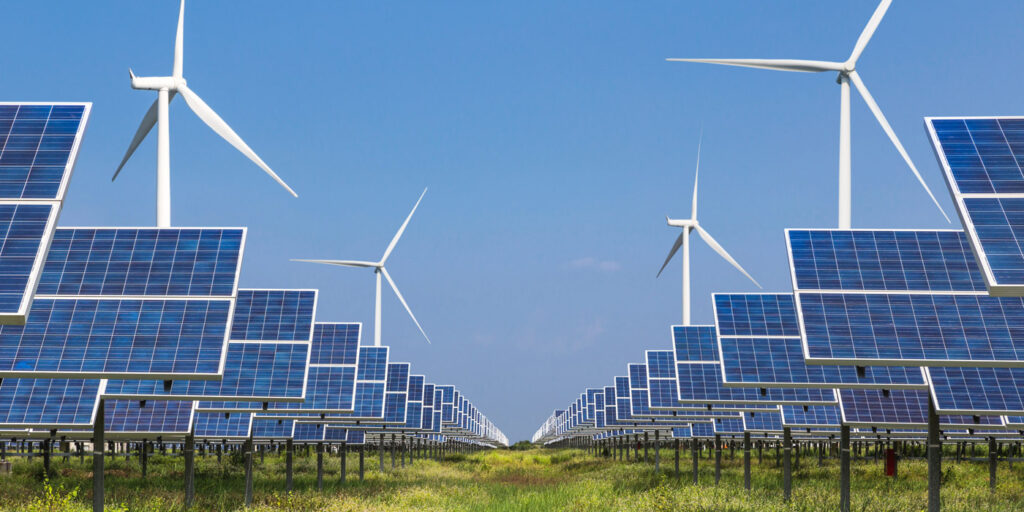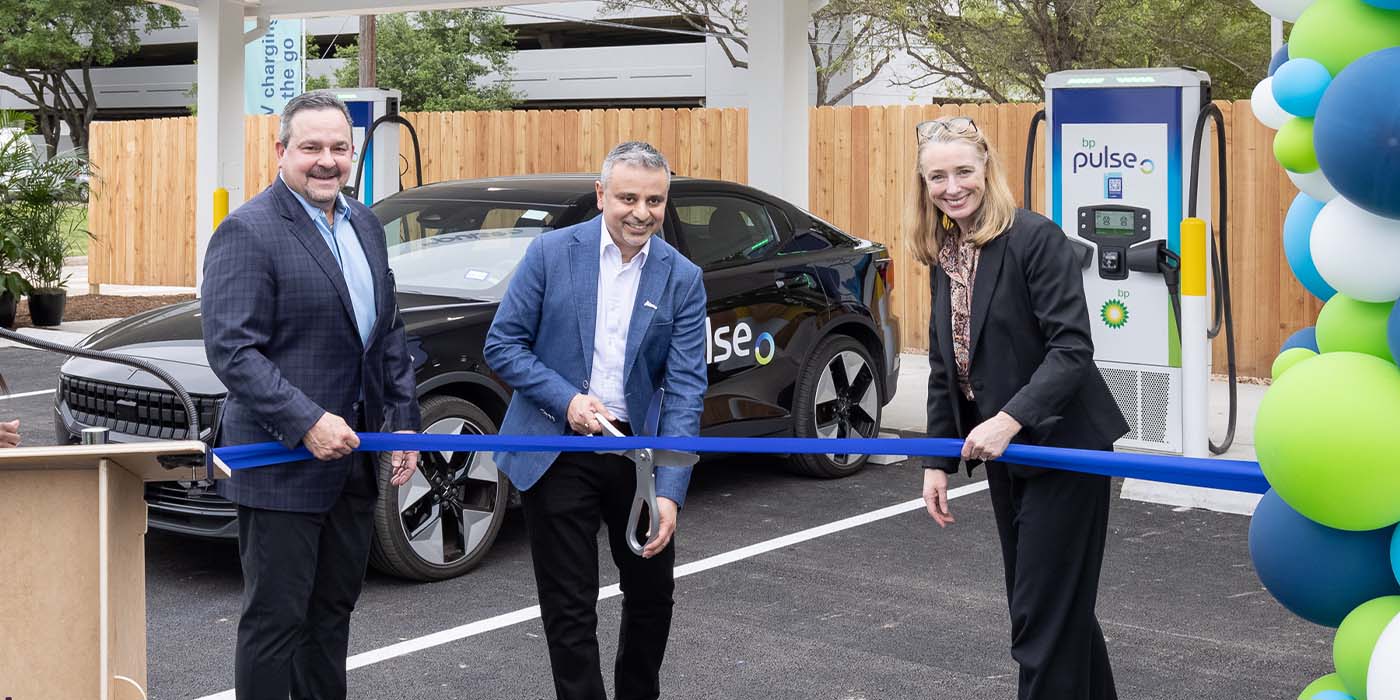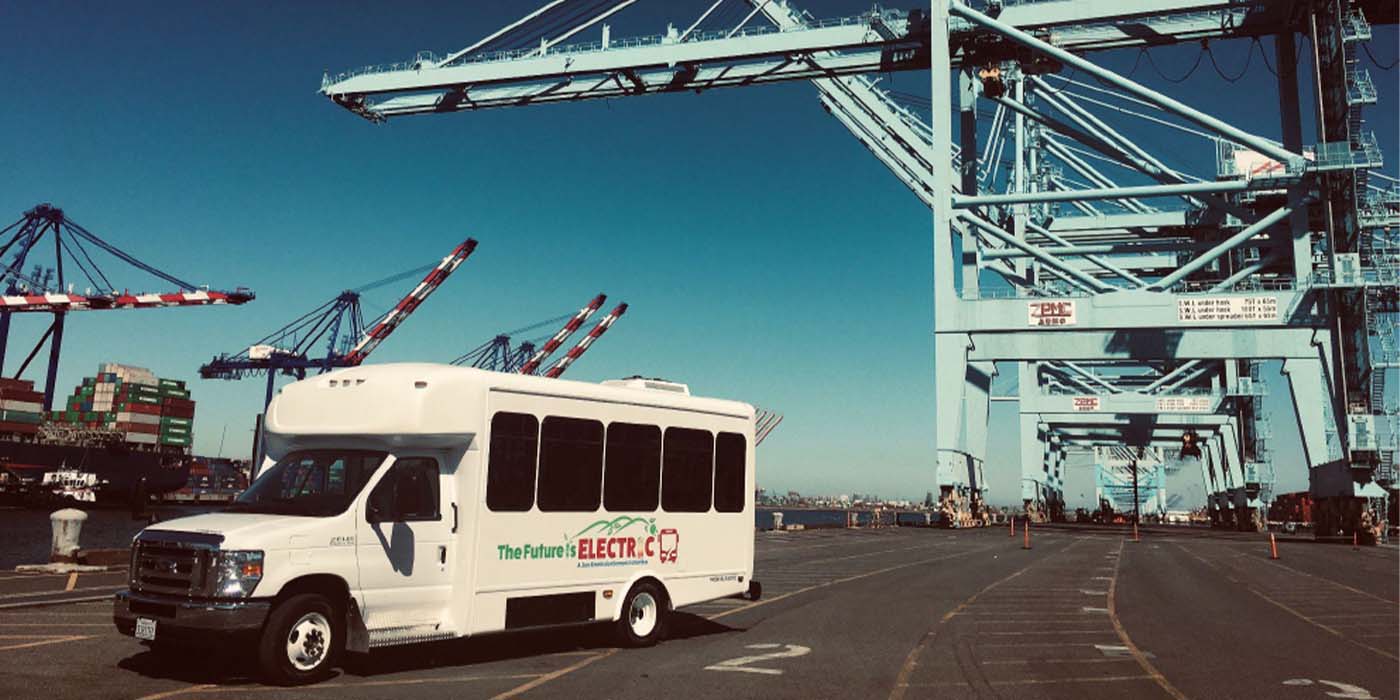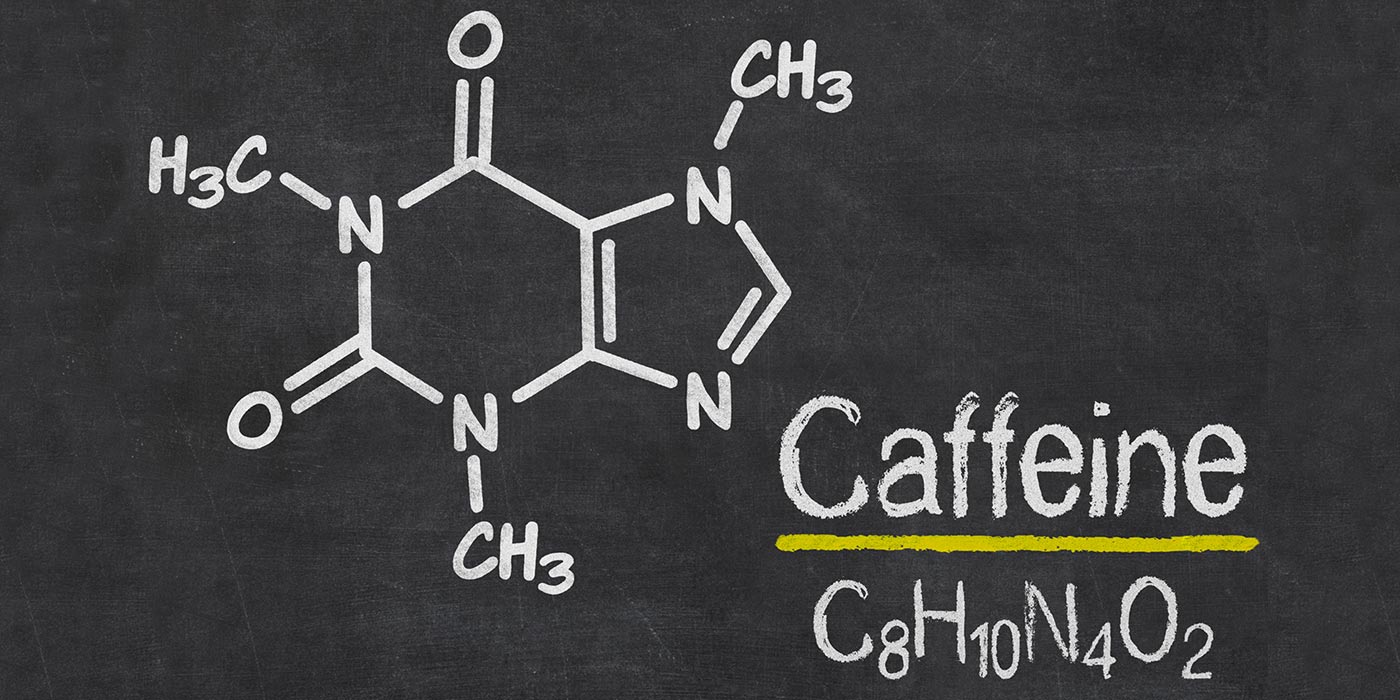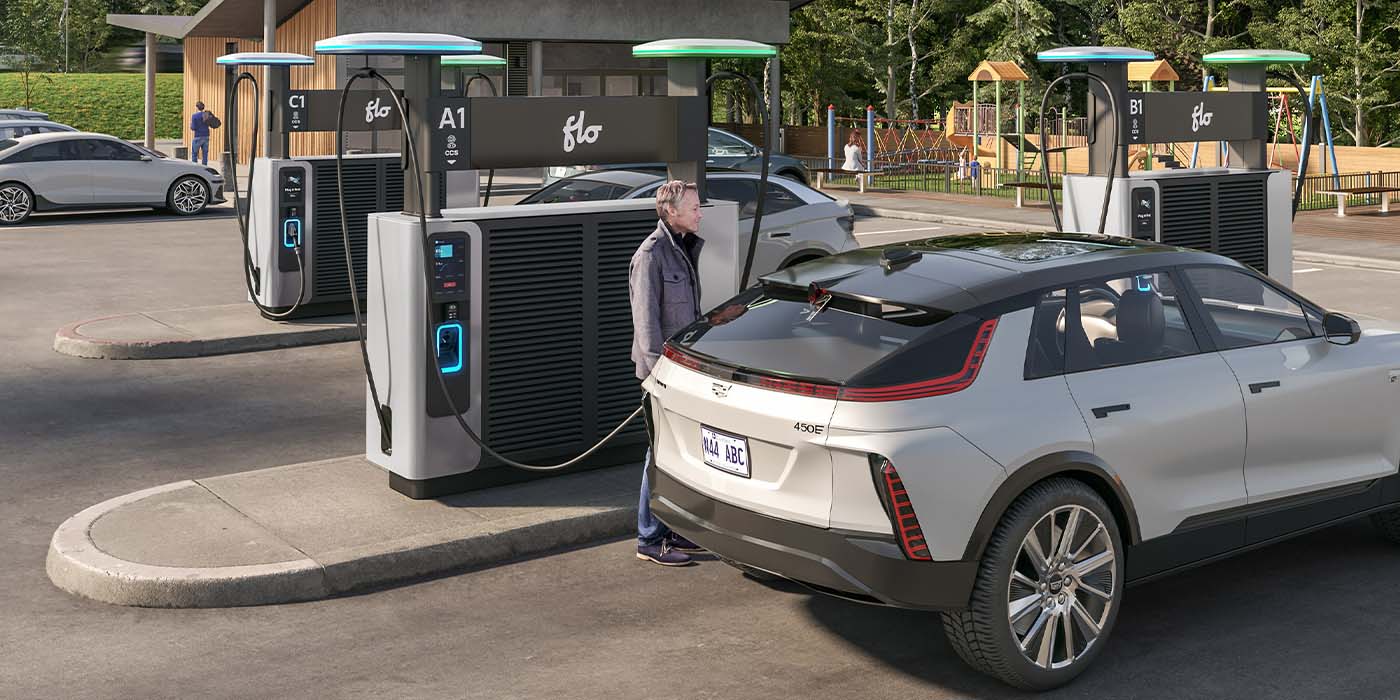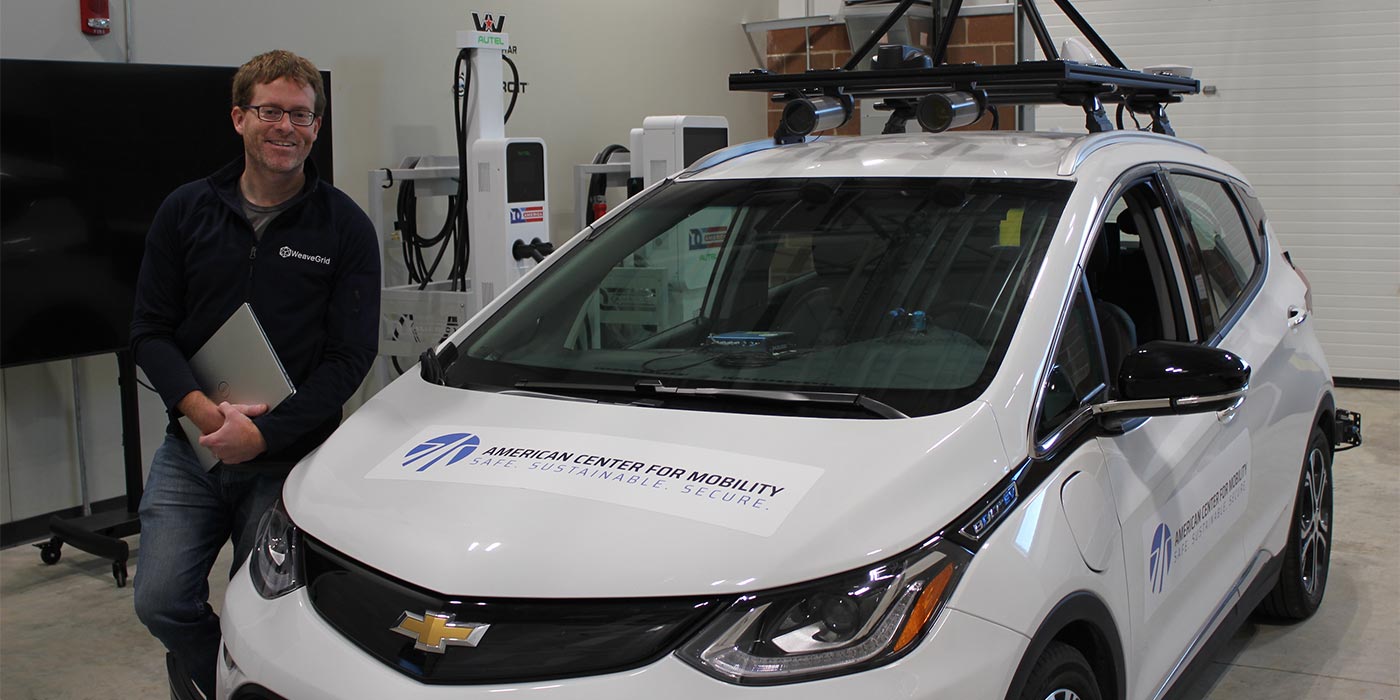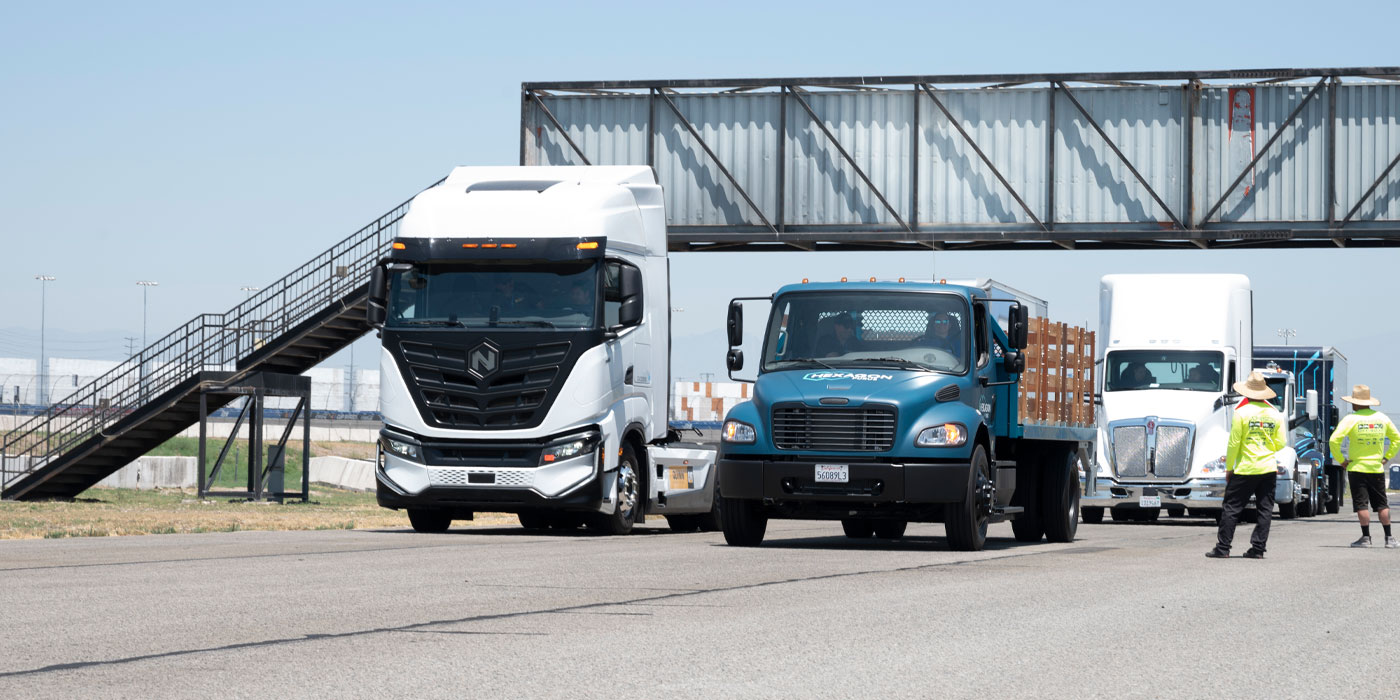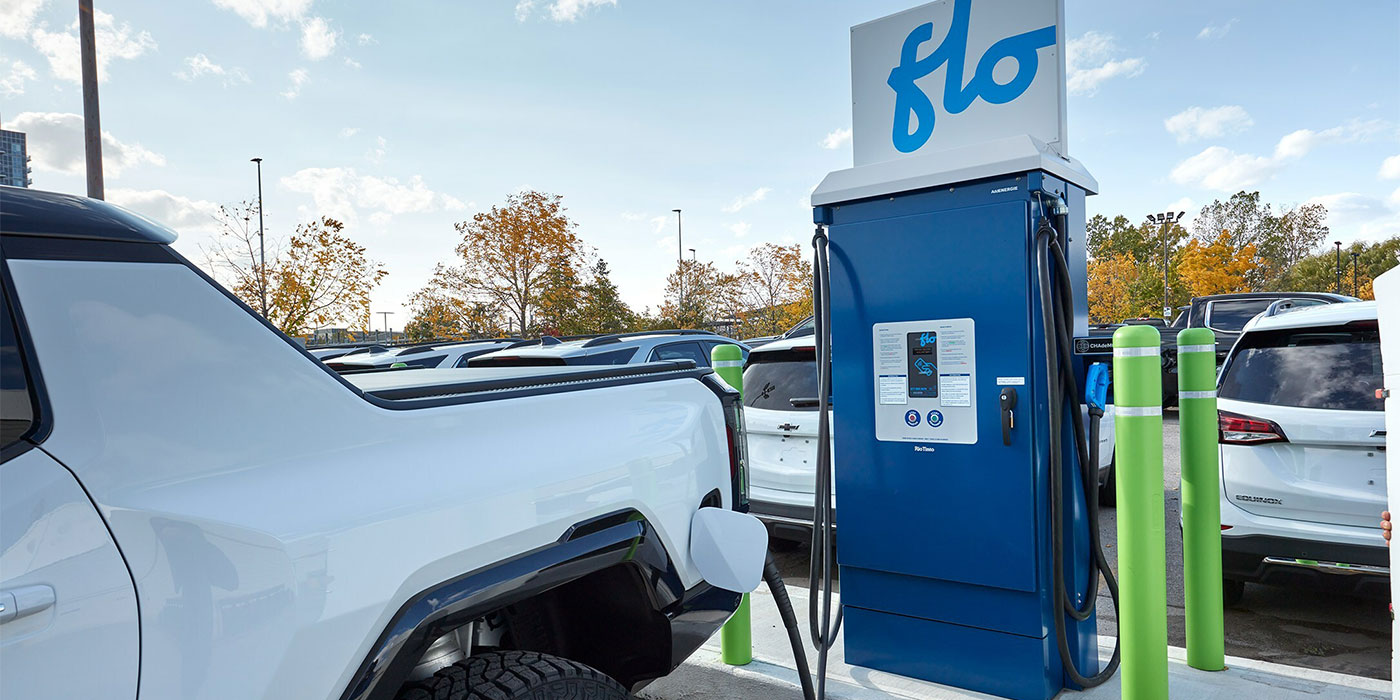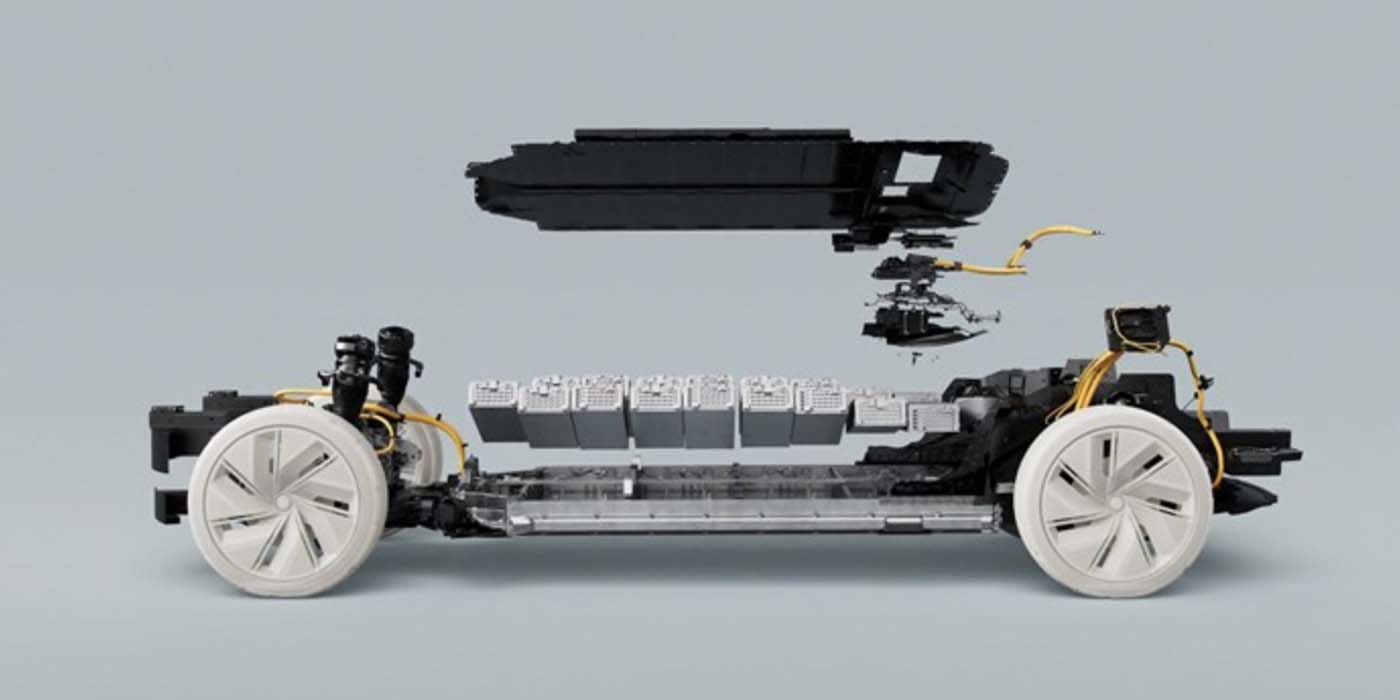The U.S. Department of Energy (DOE) has announced $13 billion in new financing opportunities for the expansion and modernization of the nation’s electric grid.
The Grid Resilience Innovative Partnership (GRIP) program and the Transmission Facilitation Program together represent the largest single direct federal investment in critical transmission and distribution infrastructure and one of the first down payments on an over $20 billion investment under the Biden administration’s Building a Better Grid Initiative. Launched in January 2022, the Building a Better Grid Initiative brings together community and industry stakeholders to identify national transmission needs and is investing more than $20 billion to support the modernization and buildout of long-distance, high-voltage transmission and distribution systems.
Independent estimates indicate that the U.S. needs to expand electricity transmission systems by 60% by 2030 and may need to triple current capacity by 2050 to accommodate the country’s rapidly increasing supply of cheaper, cleaner energy and meet increasing power demand for electric vehicles and electric home heating and reduce power outages from severe weather.
The president’s Bipartisan Infrastructure Law provides $10.5 billion across three programs that make up the GRIP program to enhance grid flexibility and improve the resilience of the power system against growing threats of extreme weather and climate change.
The DOE says the program will deliver projects centered on:
- Grid Resilience Utility and Industry Grants ($2.5 billion) fund comprehensive transmission and distribution technology solutions that will mitigate multiple hazards across a region or within a community, including wildfires, floods, hurricanes, extreme heat, extreme cold, storms and any other event that can cause a disruption to the power system. Eligible applicants include electric grid operators, storage operators, generators, transmission owners or operators, distribution providers and fuel suppliers.
- Smart Grid Grants ($3 billion) increase the flexibility, efficiency, reliability and resilience of the electric power system, with particular focus on increasing capacity of the transmission system, preventing faults that may lead to wildfires or other system disturbances, integrating renewable energy at the transmission and distribution levels, and facilitating the integration of increasing numbers of electric vehicles, buildings using electricity to heat and hot water, and other grid-edge devices. The program is open to domestic entities including institutions of higher education, for-profit entities, non-profit entities, state and local government entities and tribal nations.
- Grid Innovation Program ($5 billion) provides financial assistance to one or multiple states, Tribes, local governments, and public utility commissions to collaborate with electric grid owners and operators to deploy projects that use innovative approaches to transmission, storage and distribution infrastructure to enhance grid resilience and reliability.
The Transmission Facilitation Program establishes a revolving fund to help overcome the financial hurdles facing large-scale new transmission lines, upgrades of existing transmission lines, and, in select states and territories, the establishment of microgrids. The Bipartisan Infrastructure Law authorizes DOE, through the program, to borrow up to $2.5 billion to assist in the construction of high-capacity transmission lines with an innovative approach that can spur valuable new lines that otherwise would not get built or increase the capacity of already planned lines.
From the Editor: Hot Take
Electrical infrastructure is a really big problem in the U.S. – recent studies have found that 70% of the grid’s transmission lines and power transformers are over 25 years old, after all. The federal government and this administration in particular have talked a big game when it comes to driving EV adoption here in the States, so it’s nice to see these kinds of announcements backing up the talk with a little walk. Keep your eye out for announcements coming down the pike on smart grid improvements, as those will be a big deal when it comes to the number of EVs any particular area of the country will be able to comfortably handle moving into the next decade.

